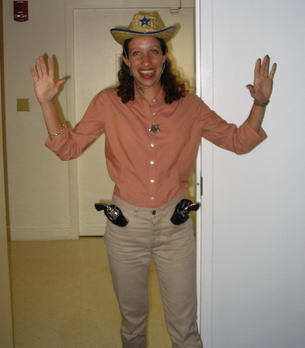CHAPTER 2 How Anesthesia Simulation Is Done
A CONFERENCE, INTERRUPTED
“This is for an adult, this is too big!”
“Get the blood bank on the phone!”
“Suction, suction, where’s the Yankauer?”
“This is asystole, someone feel a pulse, do you feel a pulse?”
“Forget that, how do we put his head down!”
“This light is out! Get me another one!”
You go over to the baby and try to intubate when the cop says, “Wait, her kid was in here to get a peanut removed from his ear. He didn’t get shot!” Then, on looking back, you notice that there actually isn’t any blood at all on the baby’s blankets, though you could have sworn there had been.
“Oh man, can you believe that?”
“I thought everyone was shot!”
“I went right to the airway, but then he talked!”
“With that guy in asystole, do we bother or just bag it?”
“Mass casualty drill, I was thinking, but didn’t they say a lot of people were shot?”
“No, did he actually say that?”
“Who were those people in there? I know the cop was a cop, but the other ones?”
“So, how do you think it went?” the first instructor asks.
“I didn’t know the equipment!”
“Was I supposed to take charge? I mean, I don’t even know these people.”
“It’s hard to know where to go first.”
You and your co-learners respond to the scene that just played out:
“Yeah, oh man, was it ever confusing in that ER!”
“Who’s dead, who’s passed out? What’s going on?”
This last method, the “good judgment” method, is the best way to ask questions during a debriefing.







